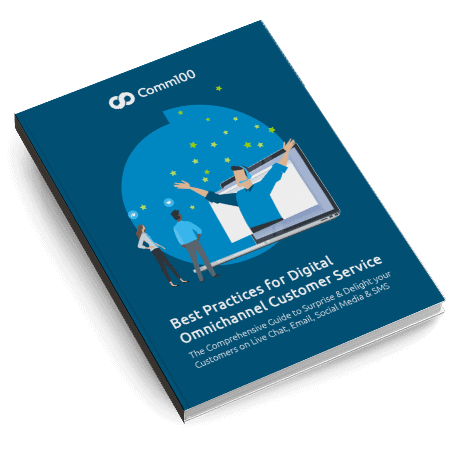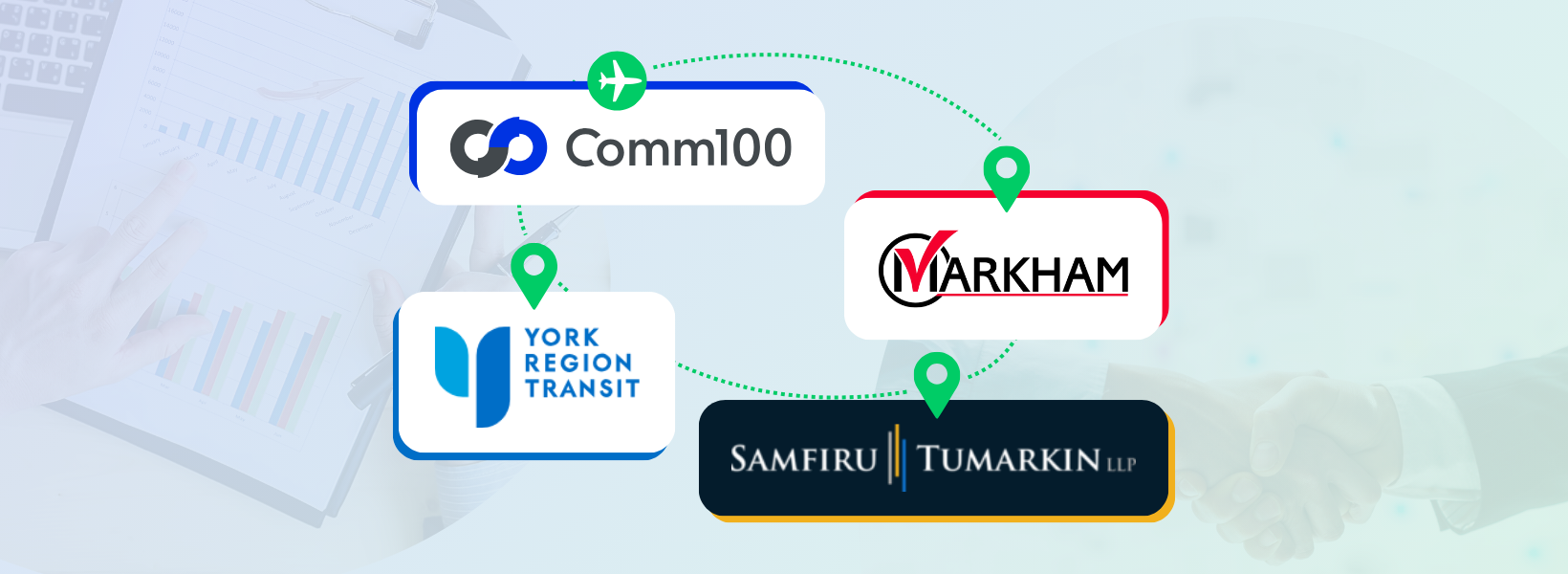Email is a foundational pillar of customer support. Research shows that 91% of consumers use email daily.
And yet, although companies have had a long time to perfect their email customer communications, many still fumble when it comes to this support channel. According to a benchmark report by SuperOffice, 62% of companies do not respond to customer service emails at all! The same report found that only 20% of companies are able to answer questions in full on the first reply. The bar isn’t set very high.
Staying on top of email responses doesn’t just strengthen your customers’ loyalty and trust – it’s critical to your bottom line. To help you make the most of this channel, we have gathered these top best practices for effective email customer support, highlighting the most important concepts and explaining the key tools at your disposal.
1. Reduce the back and forth
According to the Harvard Business Review, 2.4 emails are needed on average to resolve an issue, compared with 1.7 calls. With numbers like that, it can be tempting to see email as an impediment to resolution rather than a pathway to a success. But long email chains are not a necessary evil. While email provides a little more space and time than live channels by design, efficiency still matters — to both you and your customer.
Use these key tools to help you achieve a boast-worthy first contact resolution (FCR) rate and cut down on inbox-cluttering back-and-forth interactions.
Key Tools
– Service Level Agreements
In order to keep email exchanges low, firstly you need a ticketing system. A ticketing system allows you to manage any conversation that needs follow-up, helping you to track the journey of each customer conversation until resolution. Secondly, you need a ticketing system that allows you to set and track Service Level Agreements (SLAs).
SLAs are a way of establishing your customer service goals and making a promise to meet key customer expectations. They give your team clarity on which tickets need to be worked on first and how long they have to resolve a ticket, promoting a level of forethought and planning that can help stop unwieldy email exchanges.
– Collaboration and issue tracking
Sometimes, it can be hard for a lone agent to meet resolution SLAs. Collaboration and issue tracking lets agents seek help from other representatives for more complex problems. Agents can write notes to each other, flag tickets for follow up, and more, helping them solve issues in fewer correspondences together.
2. Prevent email from becoming snail mail
The nature and expectation of email allows for non-instant response. However, replies still need to be timely. According to Toister Performance Solutions, 88% of customers expect a response to their emails in one hour, and 30% expect a response in under 15 minutes.
But when you look at the reality of how most customer response teams are performing, it’s clear that the vast majority are missing the mark. According to SuperOffice, the average response time from respondents was around 12 hours – and that wasn’t taking into account the 62% that admitted they didn’t even respond to support emails at all.
When it comes to email support, the customer should dictate the overall speed of the conversation — it should never be hindered by an agent’s lack of responsiveness. Use fast email times as an opportunity to set your team apart, and keep a competitive response metric top of mind.
Key Tools
– Tagging and filtering
Tagging and filtering tickets allows teams to create a system that flags incoming emails based on inquiry type, inbound channel, or other criteria that fit your business. This helps you quickly sort through your support queue and establish better workflows, leading to faster resolution times. With tagging and filtering, you can organize tickets in a way that allows agents with relevant experience and departmental knowledge to handle higher-level requests, prioritizing your specialized labor where it’s most effective. This keeps all emails, no matter the difficulty, moving quickly.
– Automatic routing
Categorizing your emails is the first step to fast email exchanges, but if you can’t distribute them quickly and effortlessly amongst agents then your speed will dramatically drop. Automatic routing assigns email messages to agents or teams automatically, establishing instant and clear ownership of tickets and eliminating the need for managers to manually distribute requests based on their tags or even key words used in the subject.
– Auto follow-up
Not all issues are immediately solvable, but that doesn’t mean that customers will want to wait on a response. Auto follow-up allows you to send predefined messages automatically to customers, saving agents time and increasing efficiency. Auto follow-up can be used to communicate to a customer that their issue has been received, is being worked on, or that a particular agent is out of the office and a slight delay is expected. These messages keep customers in the loop automatically, with no action needed from a busy live agent.
Recommended reading – 4 Best Practices for Follow-Up Emails after Chat
– Canned messaging
Your agents are sending out hundreds of messages a day, so tools that can speed up the writing process for agents are invaluable. With canned messaging you can do exactly this, as well as lowering fatigue, by providing agents with a library of pre-written messages designed to target the most common use cases for your customers.
– Reporting
A star performance among your agents one day doesn’t mean much if there’s never a repeat. To send emails out quickly, you must be able to sustain operational momentum. Reporting helps you keep track of how your team is performing in terms of ticket and case management. The reporting tool instantly generates reports on performance-related variables such as how quickly tickets are being handled, and can be segmented by agent, department, and even email address. This invaluable data can help you continue to experiment and innovate with your email-handling protocol to find the most efficient system for your agents.
Recommended reading: Customer Service KPIs, Metrics and More: How to Build an Effective Reporting System
Email, Social Media & SMS
Manage all your customer inquiries from email, social media, and SMS on one robust and easy-to-use platform. You’ll wonder why you never did it this way before.
Learn more
Comm100 Social & Messaging
3. Make omnichannel customer support your bedrock
Email is a critical support channel – but it doesn’t mean that customers won’t change their mind about how they want to receive support, or that it is always the most efficient way for your team to offer a resolution. As counterintuitive as it may seem, great email support means making customers aware of all their other support options, and making it seamless for them to switch between channels.
What if your support team could respond to an email with a text message, or follow-up a live chat with an email? In order to keep the flow between channels and promote efficiency, use an omnichannel customer support platform that allows you to seamlessly transfer email messages to live chat, social media and even SMS conversations.
Key Tools
– Omnichannel platform
To achieve this, you need to adopt an omnichannel customer engagement platform. This platform connects all your channels into a unified console, allowing the agent to see every customer conversation within one display, no matter the channel. As a result, the customer can swap between channels as and when it suits them, beginning the conversation on email, moving to social media, and finally resolving the issue on live chat.
If the agent feels that the conversation could be better resolved on another channel, they too can suggest changing channels with very little interruption to the experience for both the agent and the customer.
Recommended reading: What does Omnichannel Customer Engagement mean?
– Integrated ticketing
An omnichannel platform with ticketing presents the options of live chat, social media, SMS, and email simultaneously. If a customer chooses to send an offline message through the live chat window, a text message, or a note on Facebook Messenger for example, the Comm100 system automatically creates a ticket for follow-up. Chats can also be turned into tickets for future follow-up, keeping support between channels seamless for both customers and agents.
Wrap-up
Understanding why your customers are choosing to reach out to you via email and maintaining high cross-channel support standards are crucial steps to cultivating a healthy email support system. If you want to find out how you can connect your email system to your other channels and provide coherent and efficient support anytime anywhere, explore our omnichannel customer engagement platform.
Email is just one of the core digital channels you should be offering to your customers – live chat, social media and SMS are also all key to providing an effective omnichannel customer experience. Read our guide below to find out more detail on nailing your email customer support, as well as the best practices for the other digital channels.
Best Practices for Digital Omnichannel Customer Service
The Comprehensive Guide to Surprise & Delight your Customers on Live Chat, Email, Social Media & SMS
Read now
Ebook








